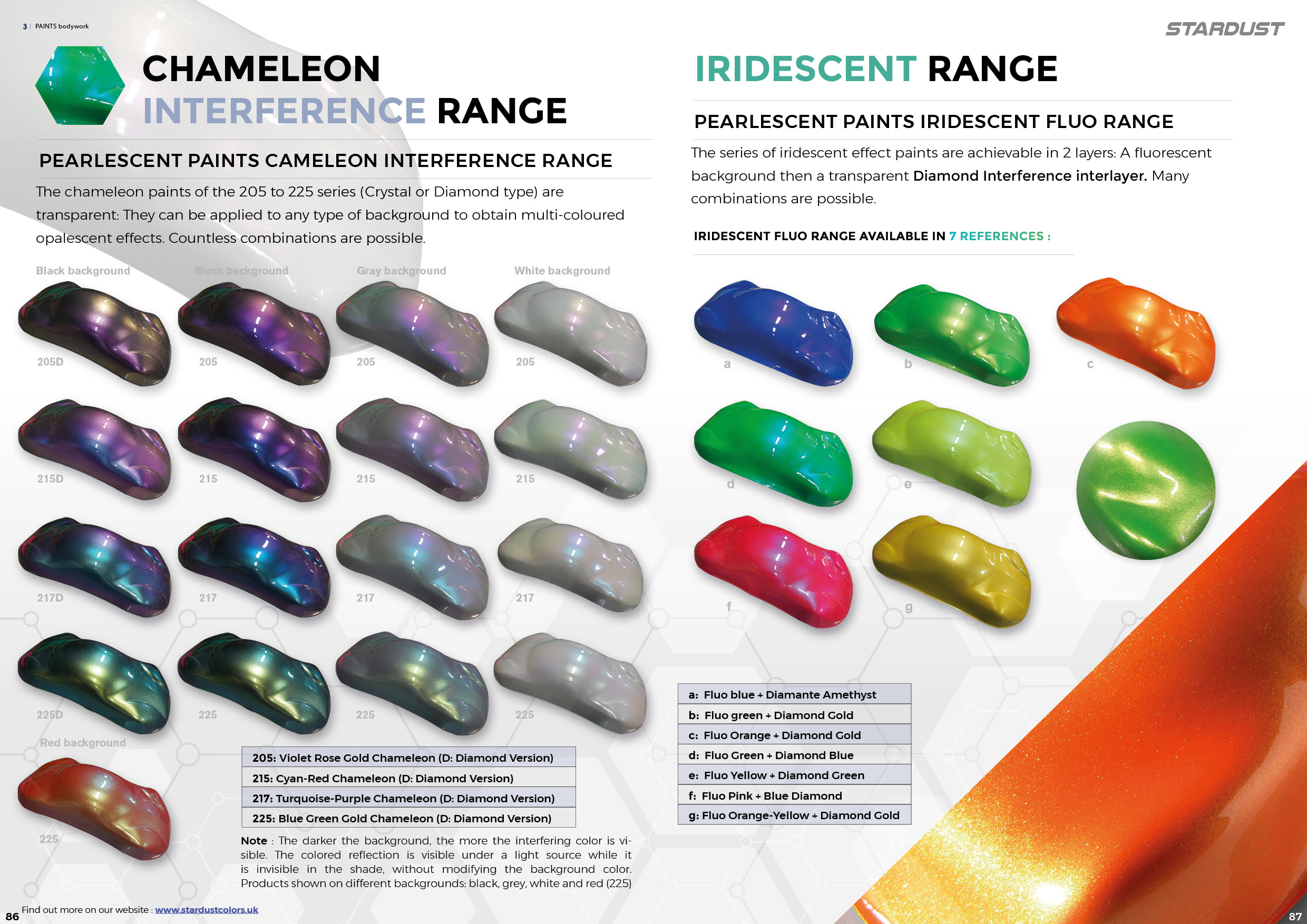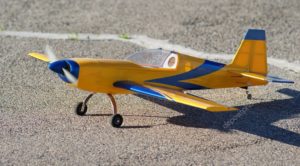How to apply white Metal-Flakes paint – A1108
This short article will be devoted to thetechnique of painting a white glitter effect A1108.
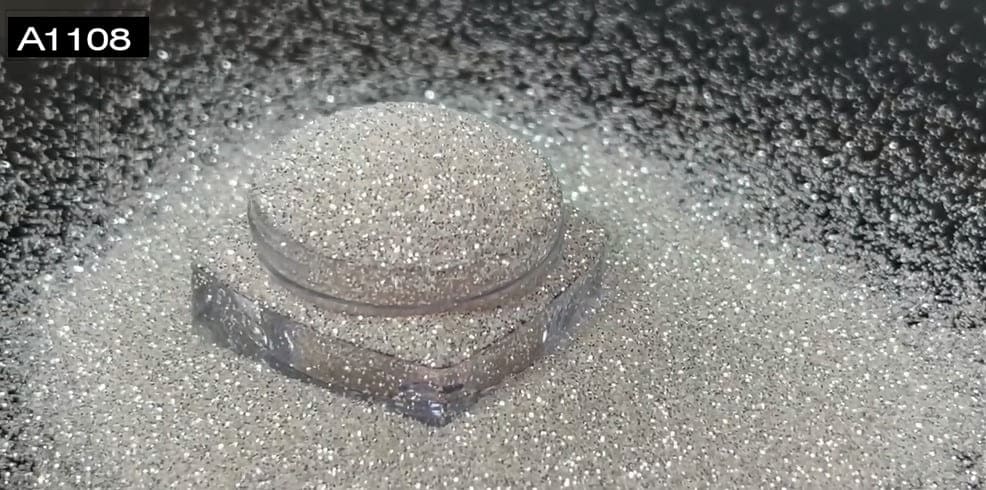
Vous avez sûrement déjà vu un véhicule entier peint avec un revêtement scintillant comme des diamants et vous vous demandez comment réaliser un tel effet ?
Map of STARDUST® glitter to download
There are polyester metalflakes that are pure white in color, with a matte or shiny finish. Unfortunately these products have a very low shine and will be incapable of creating the shiny coating like a thousand iridescent diamonds that you project.
There are several options among special effect pigments to achieve such an effect, and we will present them to you here in this weekly blog dedicated to Custom paint.
What glitter to create white glitter paint ?
To produce sufficient reflection of light and to achieve this sparkling effect like diamonds, it is necessary to use a metallized flake, that is to say covered with a microscopic layer of silver, aluminum or metal. However, we all know that metals are colored and usually grayish or silver, making it impossible to achieve a white finish.
Here are 3 solutions that allow you to paint a white metalflakes, on any support. The technique is valid both in the field of wall decoration and on body painting.
Whatever the solution, it will first be necessary to apply a white background
►A white wall paint
►White body primer or white base paint
Implementation
Preferably, we always apply the glitter with a gun or a flakebuster (dry application on a freshly painted wet background) in order to have a homogeneous application.
In the field of bodywork, we can mix these flakes in varnish, or in HS single-component binder, or even hydro body binder
The mixture, i.e. the dose of glitter in the total weight, depends on the type of glitter.
1/ Cosmic metalflakes glitter
Completely transparent, these glitters can be applied to a white background without changing the background color. They will go almost unnoticed in the absence of direct light. The Cosmic glitter lit by the sun or a lamp, will reflect the light, and not only that, because they will create a colored reflection.
The glitters from the Cosmic range are available in 5 transparent versions creating single, double or triple colored light reflections.
This type of material is perfectly UV resistant and non-yellowing.
Consumption : 25-50g / Liter
Thickness: medium (25-50µm)
flakes-blanc from STARDUSTCOLORS on Vimeo.
2/ Diamond mother-of-pearl
Here is a solution which this time uses very sparkling glass pearls thanks to their composition and their base material. These Diamond pigments available in a wide variety of sizes (100 , 200 , 500, 1000µm) and they are totally white and transparent. The choice of reflection color is given, and white reflection is available.
One of the great advantages of these glass particles is their great finesse and their ease of application. The fine thickness allows for easy and quick varnishing.
Thickness : fine (10-15µm)
Consumption : 10-30g / Litre
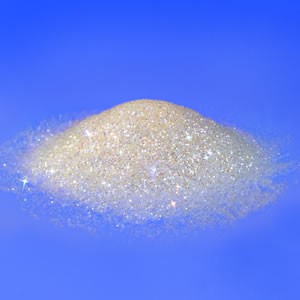
3/ Silver white MetalFlakes A1108
Here is the product that will allow you to create identical surfaces resembling diamonds sparkling in all directions. This way of reflecting light in all angles is characteristic of Metal Flakes: These polyester flakes have a certain thickness, and they overlap a little in all directions, which causes this very particular sparkle which occurs in all directions.
The metalflakes A1108 is the only one in its range that is transparent, so it lets the color of the white background show through. Its secret is that it includes a microscopic layer of silver on its surface, which allows it to reflect light very strongly.
Consumption : 50-80g / Liter
Thickness : medium (50-70µm)
Create an interior or exterior wall painting with white glitter
By mixing A1108 glitter with acrylic binder (provided it is shiny) it is possible to create a magnificent shiny and glittery wall.

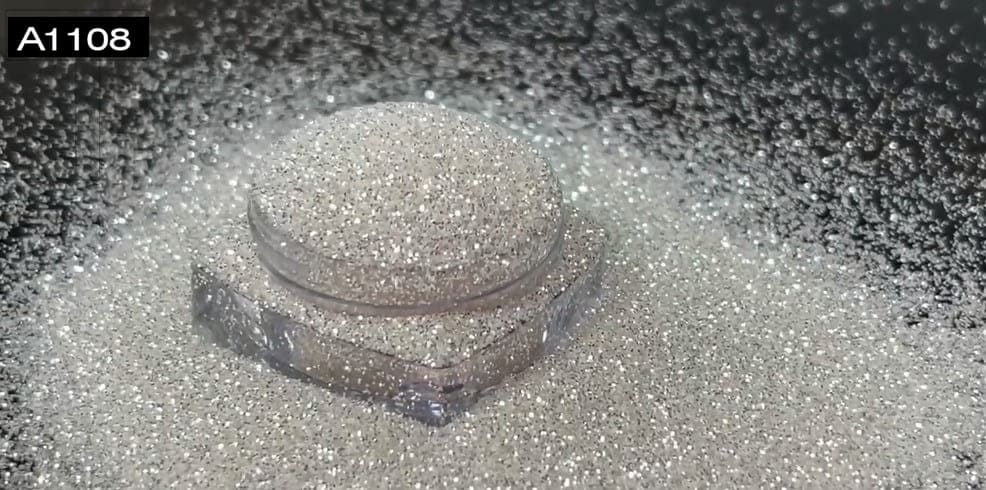
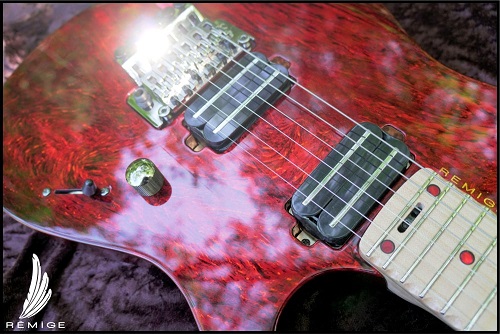
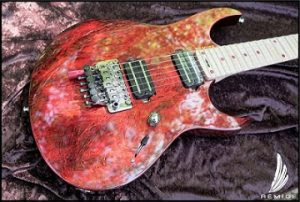
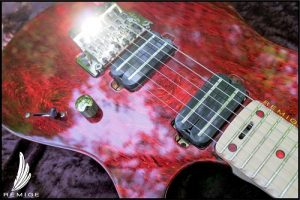
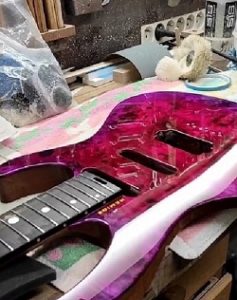
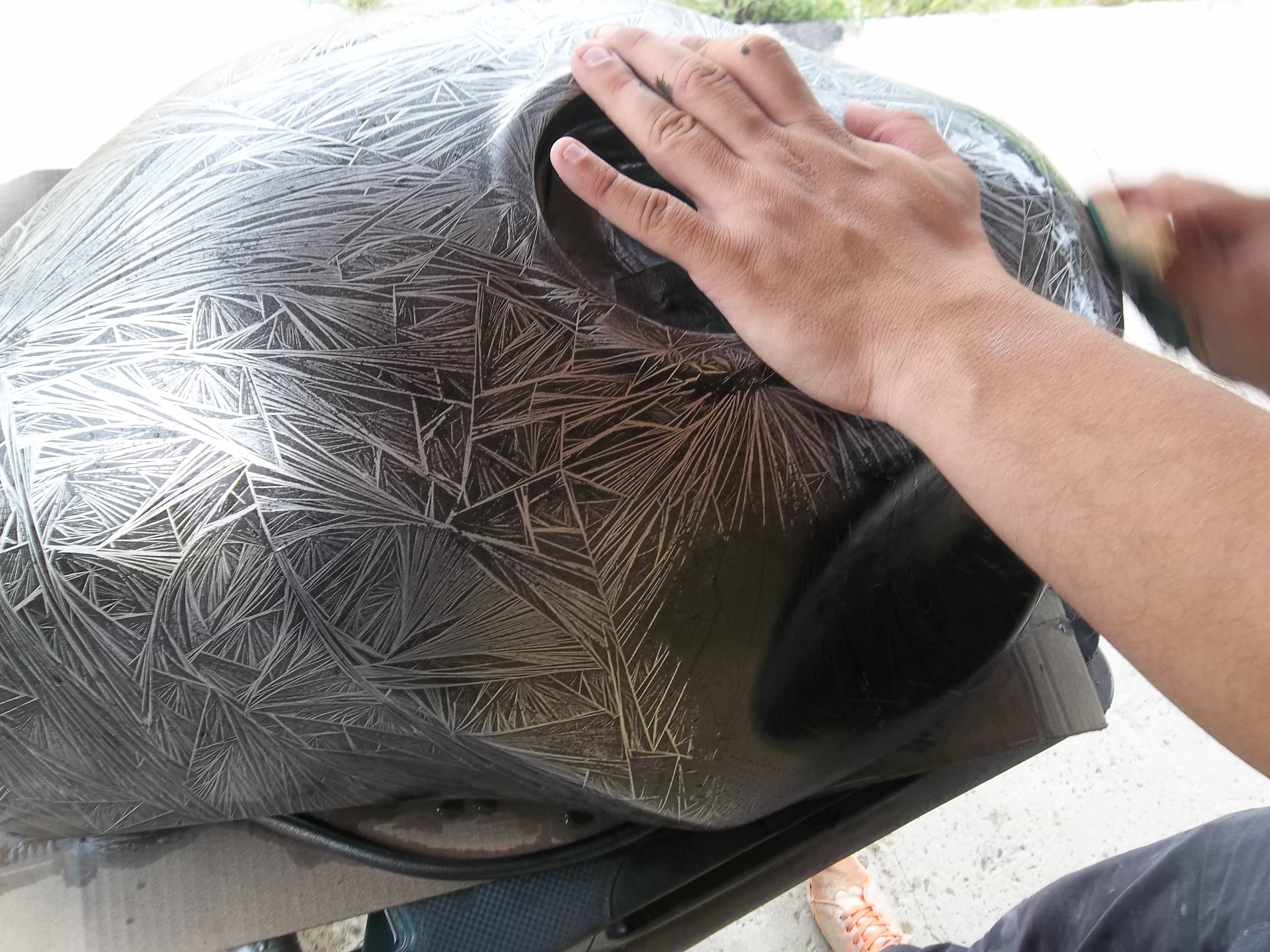
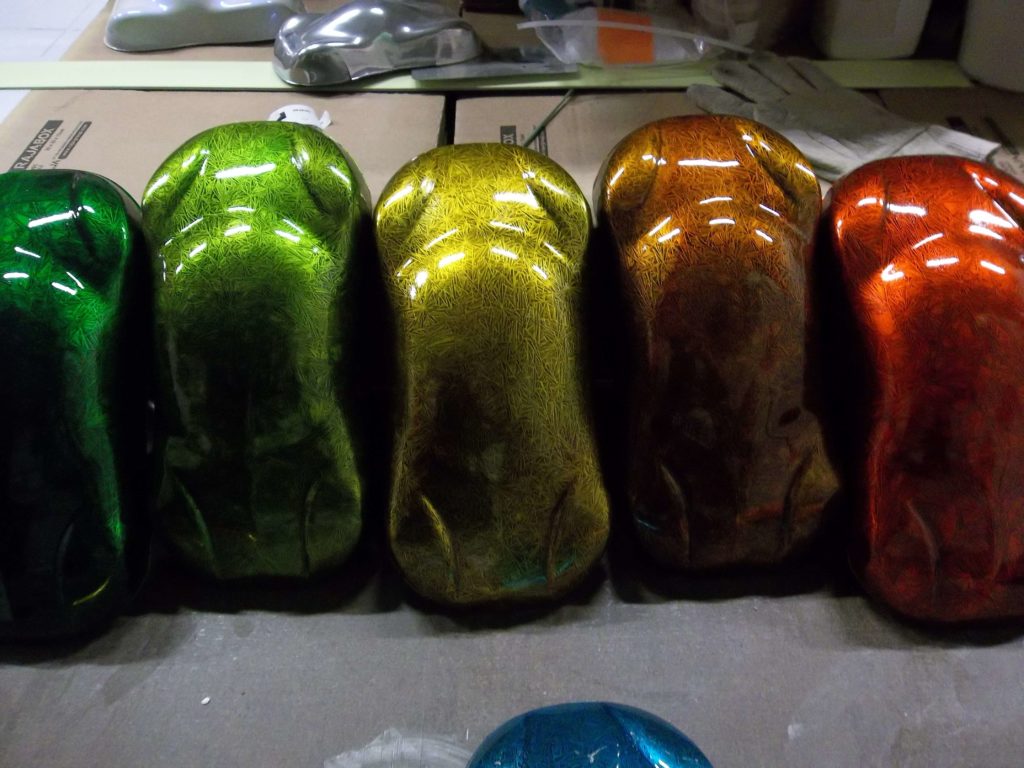 The Crystalizer is a completely exotic product among all existing products in the world of decorative paint or bodywork. It allows you to create a surface with patterns of crystals, and when combined with the
The Crystalizer is a completely exotic product among all existing products in the world of decorative paint or bodywork. It allows you to create a surface with patterns of crystals, and when combined with the 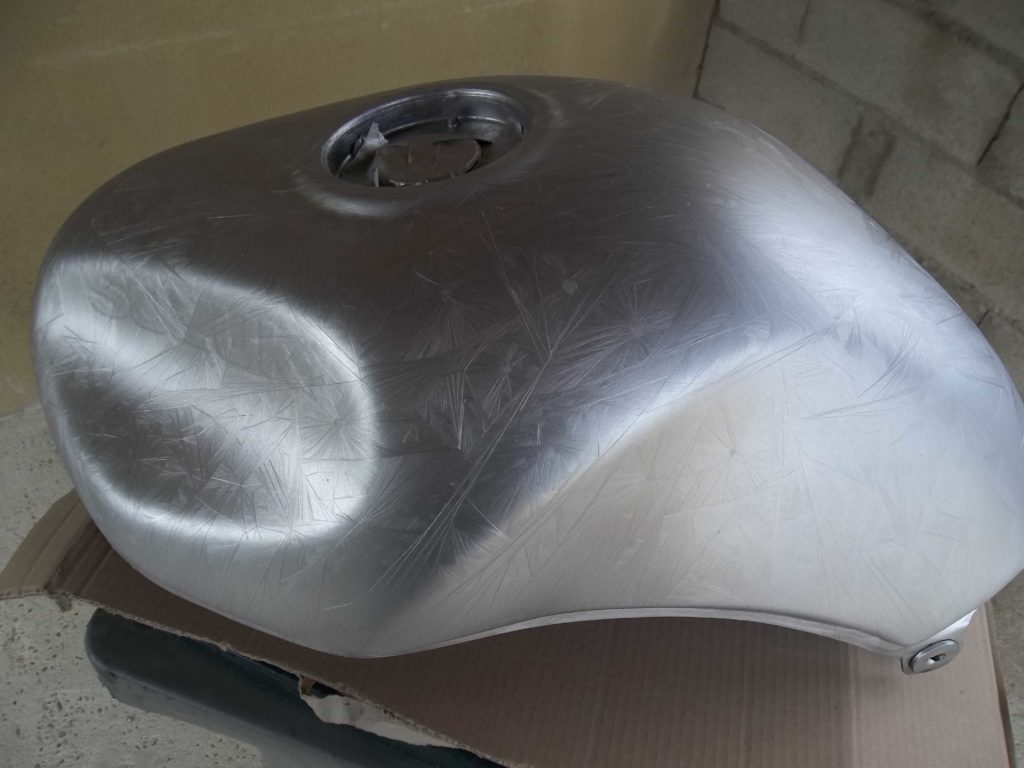 Setup for a Crystalizer effect succeeds
Setup for a Crystalizer effect succeeds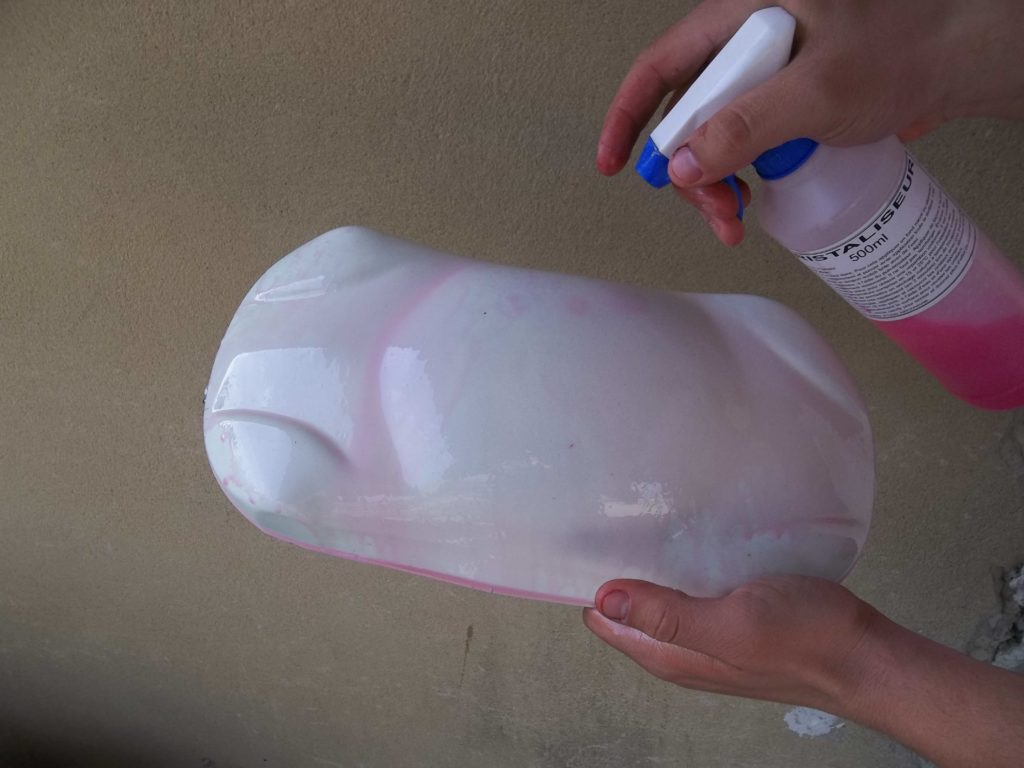 Application and drying
Application and drying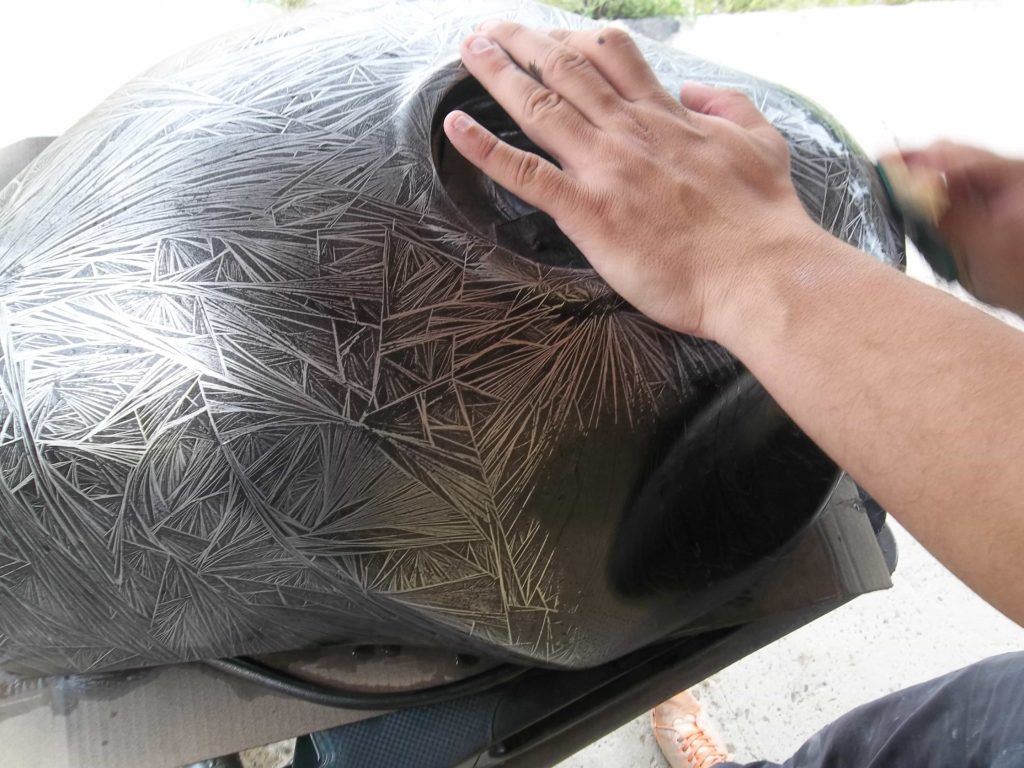 Shading
Shading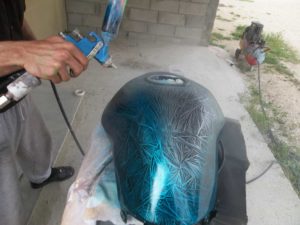 Coloring and clearcoat
Coloring and clearcoat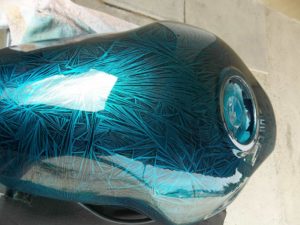
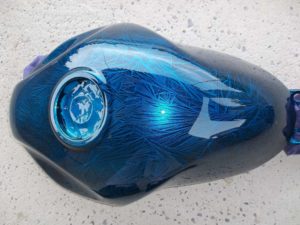

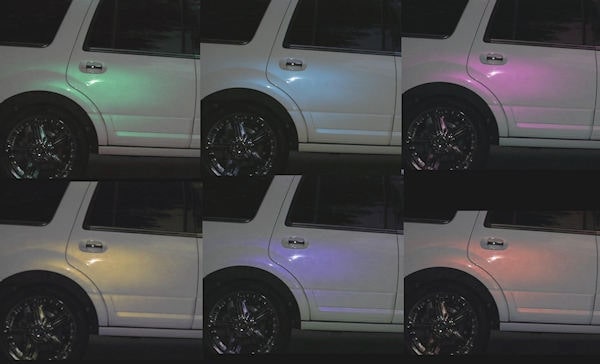
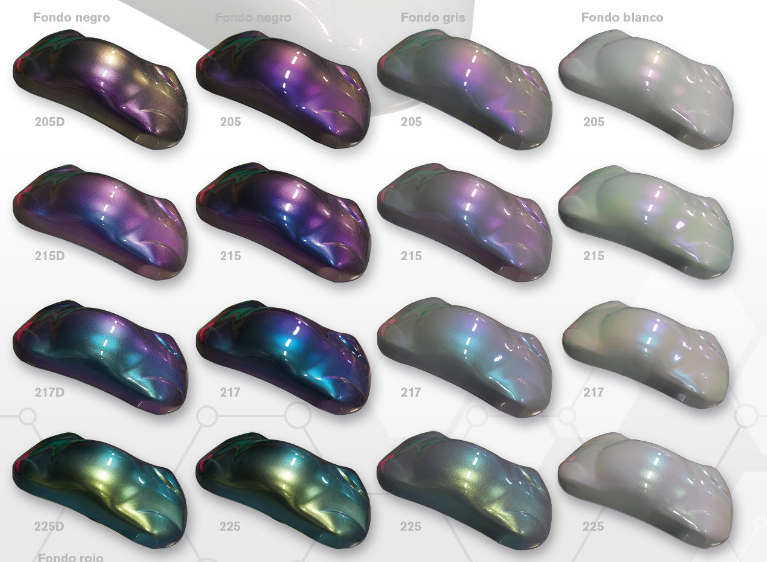 There is a
There is a 
